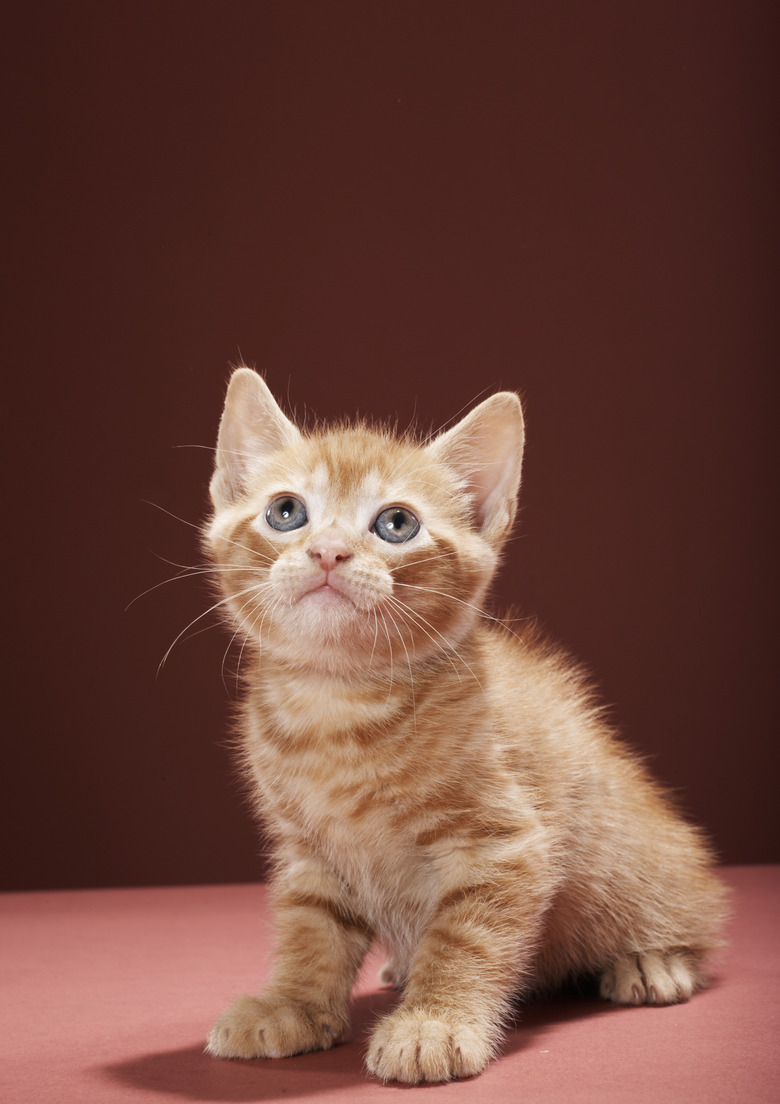How Do Cats Maintain Homeostasis?
In order to adapt to a changing environment with varying temperatures and stimuli, animals use an internal system of controls to maintain homeostasis. Chief among a cat's needs is the regulation of temperature, water levels and pH balance.
Temperature
Temperature
Your cat must maintain a certain core temperature range to stay in good health. A cat's rectal temperature should be 100.5 to 102.5 degrees Fahrenheit. If your cat is overheating, it may shed its fur, seek shady areas outdoors, and sweat or pant to cool down. If your cat is too cold, it will shiver and curl into a tight ball to conserve heat.
PH Balance
PH Balance
Your cat must maintain an internal pH balance between 6.0 and 6.5 to maintain a healthy urinary tract. This nearly neutral but slightly acidic pH is necessary for the cat's internal digestive enzymes to function properly and an imbalance can cause painful infections. If your cat's pH balance reaches above 6.5, it is at risk for the growth of magnesium ammonium phosphate crystals. A pH lower than 6.0 can lead to calcium oxalate crystals. Poor diets are typically to blame for an imbalanced pH and you can address your cat's pH needs by feeding it a meat-rich diet and providing plenty of fresh water.
Water
Water
Keep your cat adequately hydrated by providing fresh water at all times. Your cat is 60 percent water and a deviation of even 5 percent can affect its health. To check whether your cat is dehydrated, gently grasp the skin of its neck and pull upward. If the skin does not bounce back immediately, it may be suffering from dehydration.
Nutrient Balance
Nutrient Balance
In order to fuel their essential bodily functions, cats rely on a nutrient-rich diet of proteins. A cat's homeostasis can be thrown out of balance if it receives too much or too little of a given protein. Cat's maintain homeostasis with an internal instinct to seek out protein-rich foods but domestic cats may be at risk for vitamin overload if fed the wrong diet. Liver, cod liver oil and vitamin supplements are common causes of hypervitaminosis A in cats, an imbalance that can lead to cervical vertebrae stiffness and forelimb lameness.
Always check with your veterinarian before changing your pet's diet, medication, or physical activity routines. This information is not a substitute for a vet's opinion.
